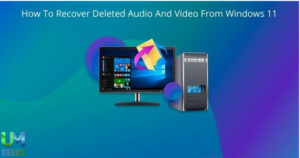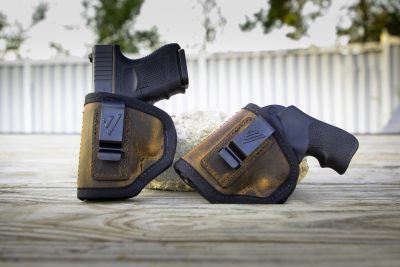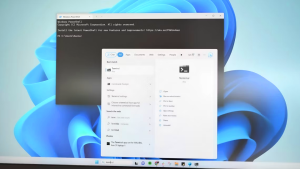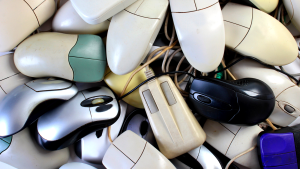Here’s how to use the several sensors that are already incorporated into your phone. A smartphone running Android has to have sensors in order to function properly. The proximity sensor is turned on when you answer a call in order to stop you from touching the phone while you are on the call. Similar to this, when you attempt to unlock your phone, a sensor is activated to detect your fingerprint.
With these built-in Android Phone’s Sensors, you can do a variety of tasks, including determining whether your device is functioning properly and monitoring the GPS. So let’s have a look at seven Android applications that offer some surprisingly helpful functionality by utilizing the sensors integrated into your phone.
1. Toolbox for Sensors
You can check your device’s sensors with the help of a number of helpful tools in the Sensors Toolbox. Use Sensors Toolbox before purchasing an old phone to ensure that everything is in working order. Additionally, you can use it to diagnose your current equipment.
The software uses charts to present sensor data, which makes it simpler to determine whether a sensor is functioning. Checking sensors for the camera, GPS, microphone, step counter, auto-rotation, light, and many other devices is possible. If your device has a temperature sensor, you can check it from within the app using this toolbox.
You can choose your preferred unit system, such as metric or imperial. Additionally, it shows your Android device’s general health, including storage and battery life. The free version of Sensors Toolbox has several restrictions. You can upgrade to its premium edition to obtain advanced features like preset refresh intervals, sharing sensor data, and no advertisements.
Read More: 9 Ways to Extend the Life of Your Android Phone Battery
2. Altimeter
You can use your phone’s altimeter to check the altitude levels. It is especially helpful when travelling. The software makes use of GPS to provide precise readings of altitude above sea level. The fact that you can use it in flight mode and offline is the finest part. Altimeter features several measurement units, including meters and feet, and allows you to record the elevations of your favorite sites.
Additionally, you may adjust the coordinate system to fit your location. To monitor the often updated altitude levels, it also offers a widget that you may install to your home screen. Despite having a paid edition with more features, Altimeter is a free app. With in-app purchases, you may do more, such as choose a place on a map, store favorite spots, get rid of commercials, and more.
3. GPS Speedometer
You may use your device’s GPS Speedometer to measure speed in real-time. This software will show your speed using the GPS sensor on your phone if the speedometer in your car is damaged. If you choose, you may switch the speedometer’s display to just digits. Additionally, it displays the distance travelled and your top speed. You can even set a custom speed restriction and receive a notification when you cross it.
You may add the widget from the app on your home screen as well. It features both dark and light modes, and you can also monitor the average speed. The app GPS Speedometer is free. However, you may purchase a subscription to its premium edition, which is also ad-free, to have access to the minimized screen function.
4. Compass
A straightforward Android GPS software called Compass aids with navigating. To provide direction on coordinates, it integrates with your phone’s GPS, magnetic, and orientation Phone’s Sensors. The software provides coordinate parameters like altitude, distance, and direction based on your device’s GPS position and sensor. Coordinates for latitude and longitude are also shown. You can tweak your device to improve accuracy by following the in-app instructions.
Using Compass, you may also explore other locations, including well-known cities, to get routes and other information. Additionally, you may select a coordinate system and a variety of measurement units based on your location. The app is aesthetically appealing because to its simple Material Design.
You may upgrade to the premium edition of the programme to have access to more sophisticated features including numerous lists, the capacity to search locations by name, choose points on a map, and determine the distance to place in a list. The remainder of the software is available without charge.
5. Cardiograph
Similar to medical instruments for heart rate monitoring, cardiograph enables you to keep an eye on your heart rate. If your phone includes a heart rate monitor sensor, you may utilize that instead of placing your fingertip on the camera to start recording data. The software allows you to associate each reading with a different activity, such as cardio, warm-up, or rest.
This makes it easier for you to evaluate the heart rates throughout an exercise. You may create additional profiles for different individuals and see your prior heart rate readings going back in time. You may also switch the camera between the front and the back. There are no adverts or restricted premium features on Cardiograph.
Read More: Why was it necessary to invent the mobile phone ?
6. Gravity Screen
Using Phone’s Sensors, Gravity Screen automatically turns on or off your screen. The screen of your phone shuts off when you put it in your pocket to prevent any accidental touch inputs. When you pull the device out of your pocket, the app immediately turns on the screen.
A table sensor and a proximity sensor can both be enabled in a similar manner. You may also add other finger motions, such as a single touch, a swipe, and a double swipe, to switch the screen on and off.
Although Gravity Screen is free, there is a paid version available if you want a more sophisticated experience. You may adjust vibration, turn off screen lock, utilize a light sensor instead of a proximity sensor, and do a lot more with it.
7. Lumen Meter Pro
A sensor on your Android phone can measure the brightness of a room. This sensor is used by Lux Light Meter Pro to assess the amount of light present. The software supports numerous measurement units, allows you to test the minimum and maximum brightness levels of your smartphone screen, and does so with a simple Material Design user interface.
If the auto-brightness on your Android phone isn’t functioning, you may download Lux Light Meter Pro to store, check, and share your data. With These Apps, You Can Test Your Android Phone’s Sensors. The majority of users concentrate on the phone’s software-based functions and utilities. Your Android device’s hardware, however, has a tone of additional helpful functions. The applications we’ve provided are secure and won’t harm the hardware of your smartphone.








